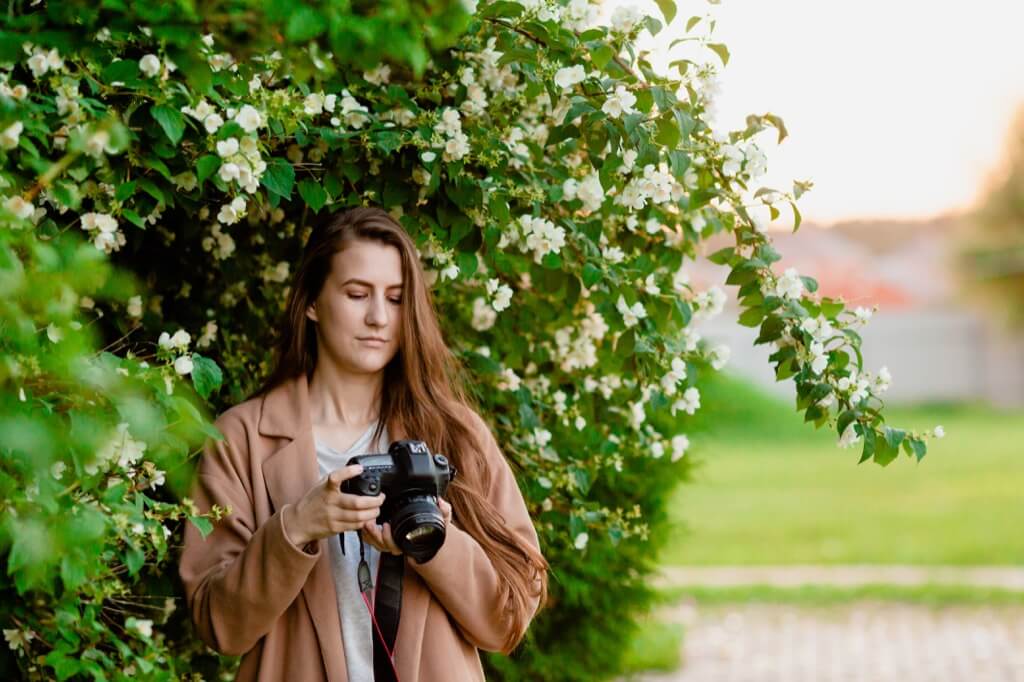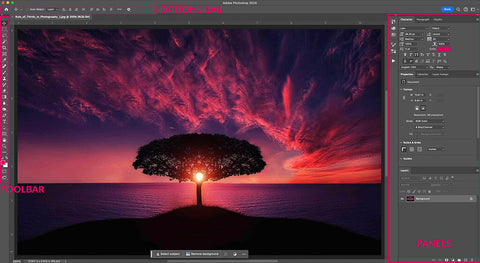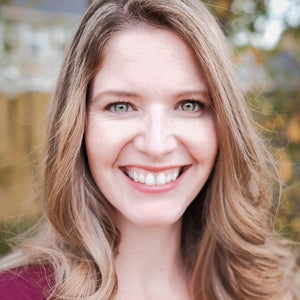-
Lightroom Presets
- Mobile Presets
-
Photoshop
-
Learn
-
Support
-
Install
- Best Sellers
- Blog
By Lea Hartman on | No Comments

Photographers and their families, just like everyone else, are often on the move - across town, to a new state, or even a new country!
If you aren't moving far, you probably don't need to make any significant changes to your photography business and pricing structure. Most likely, you will be able to continue servicing your existing clients who are already familiar with your prices and how you operate.
However, suppose you are moving further away (like to another state). In that case, you will probably want to do a more in-depth evaluation of your photography business, pricing structure, and how it compares to other photographers in your new area.
If you are a photographer who just moved (or moving soon), read on:
Now that your boxes are unpacked, and your household is in order (hopefully), it’s time to crack your knuckles and get to work re-setting up your photography business. In my previous article, I talked about networking, SEO, and getting legal in your new location, as well as other helpful tips.
Before I go any further, I need you to throw out all your preconceived notions. Please wipe away any remnants of expert opinion and listen to me with an open mind. Can you do that?
This post is devoted to pricing because it seems to be one of the most asked-about topics. I know that pricing isn't everything when moving your business, and adjusting your prices will not necessarily get you clients or help you to establish your business.
But, if you’ve done all the other things we discussed in my previous article (if you’ve marketed well, networked locally, concentrated on SEO, etc.), and you are still not getting bookings, then taking a look at your pricing is the next logical step.
Let’s dive in:

I will be upfront here. I am about to say some things that many of my peers won’t agree with. But I don’t worry too much about that because if there is one thing that moving my business has taught me, it's that I’m the best judge of what does and does not work for me.
Have you ever heard of pricing based on demand?
That means you charge almost anything you want because your work is in high demand. That's pretty rare, though. It's probably not you, and it’s certainly not me.
Instead, most of us will need to consider several factors when determining our pricing, like equipment, overhead costs, product costs, time, taxes, etc.

One thing not often discussed in pricing tutorials is how it relates to your zip code. When doing market research for your new home, you should look for information such as median household income, whether your area is predominantly single or dual-income households, etc.
This information can tell you a lot about what people in your new location are willing and able to spend on luxury items such as day spas, boutique shops, and yes, custom photography.
The best scenario is if you found your new area to be so much MORE AFFLUENT that you could actually RAISE YOUR PRICES to target this new clientele.
But, you may also find that you need to lower your prices or restructure your product offerings instead of raising them.

Here's a quick breakdown of my own personal pricing analysis that I conducted after my last move:
In my new location, I researched and found that
Surely you can see the vast difference in the local economy. The young families in my new area have less disposable income, and my old pricing would not be sustainable in this new market. That’s just a fact.
I don’t compare myself to other photographers, but I do take other luxury businesses into account. How much does the day spa charge for their services? Are we comparable? In my case, no. My current pricing was significantly higher than many other luxury brands in this area.
After conducting my research, I considered two options. I could either lower my prices or market my photography services to a more affluent area and prepare myself for the necessary travel.
This is the part where other professionals may balk. Anytime people talk about lowering prices, many peers will chime in with terms like “shoot and burn” and “cheap.”
But guess what? Those people don't live in my area or know my demographic. They don’t know my business goals or desired income, just like they don’t know yours either.
What I determined for my own business was that I couldn't include much traveling due to the additional time commitment. For my family, and with my husband’s demanding military career, it would simply have been too much of a hardship on them. I had to think of another alternative.

Simple. I want you to take charge of your own business and realize that at the end of the day, as long as you are operating legally and ensuring that all your overhead expenses are being taken care of, you can do whatever you want with YOUR business.
Too often in this industry, we look to everyone else to tell us what to do. That’s why you’re reading this, right? But amid all the information overload, we often forget to go with our gut and structure a business that fits our life. And before we know it, our business is running us instead of the other way around.

I spent a year trying to force my old pricing to work in my new location. My business consumed me as I tried to make it successful. I received MANY inquiries but lost 98% of them over pricing.
I knew I needed to make some changes, but every time I resolved to sit down and hash it out, I’d read another blog post about how lowering pricing or including digital images would destroy my business. I held on way too long, clinging to my sinking ship.
In the end, another local photographer friend gave me a suggestion, and even though it went against much of the advice I had previously read, I decided to try it.
Guess what? It got me back on the right track. This little bit of success gave me the courage to re-evaluate my business after my move and take a hard look at what I wanted.
Ultimately, I didn’t lower my prices, but I did change how I structured my business and what I included with each session. My minimum spend was exactly the same, except now I market photography as an all-inclusive experience rather than a session fee and separate print order minimum.
By making this adjustment, I moved from a product-based business model to a service-based model. I charge for my time, and any additional product purchases are icing on the cake.
Do I include digital images? Yes. Does that make me a shoot-and-burner? Maybe, although I also include printed products as well.
The point is that I don’t care what other photographers think anymore. After re-evaluating my business model and making some changes, my bookings went up, I’m shooting what I love, I am now well compensated for my time (hint: shoot and burner doesn’t have to mean cheap), and my family gets to enjoy more time with me.

You shouldn’t care, either. Do what works best FOR YOU, and understand that while advice and tips can be helpful, they can also be used as an excuse not to make the changes you genuinely feel you need to make.
I am not a photography pricing expert by any means. But I hope reading about my real-life experience will offer some perspective and teach you to take all the industry information you find with a grain of salt.
Do you have any questions or comments about Evaluating Your Photography Pricing After a Move? Just leave us a comment below - we would LOVE to hear from you! And PLEASE SHARE this post using the social sharing buttons (we really appreciate it)!




Lea is a self taught natural light photographer currently based out of North Carolina. Happily married for 14 years, she and her lover boy are raising three crazy kids wherever the army sends them. She's addicted to coffee, jamberry and her dog, Huxley.

Comments